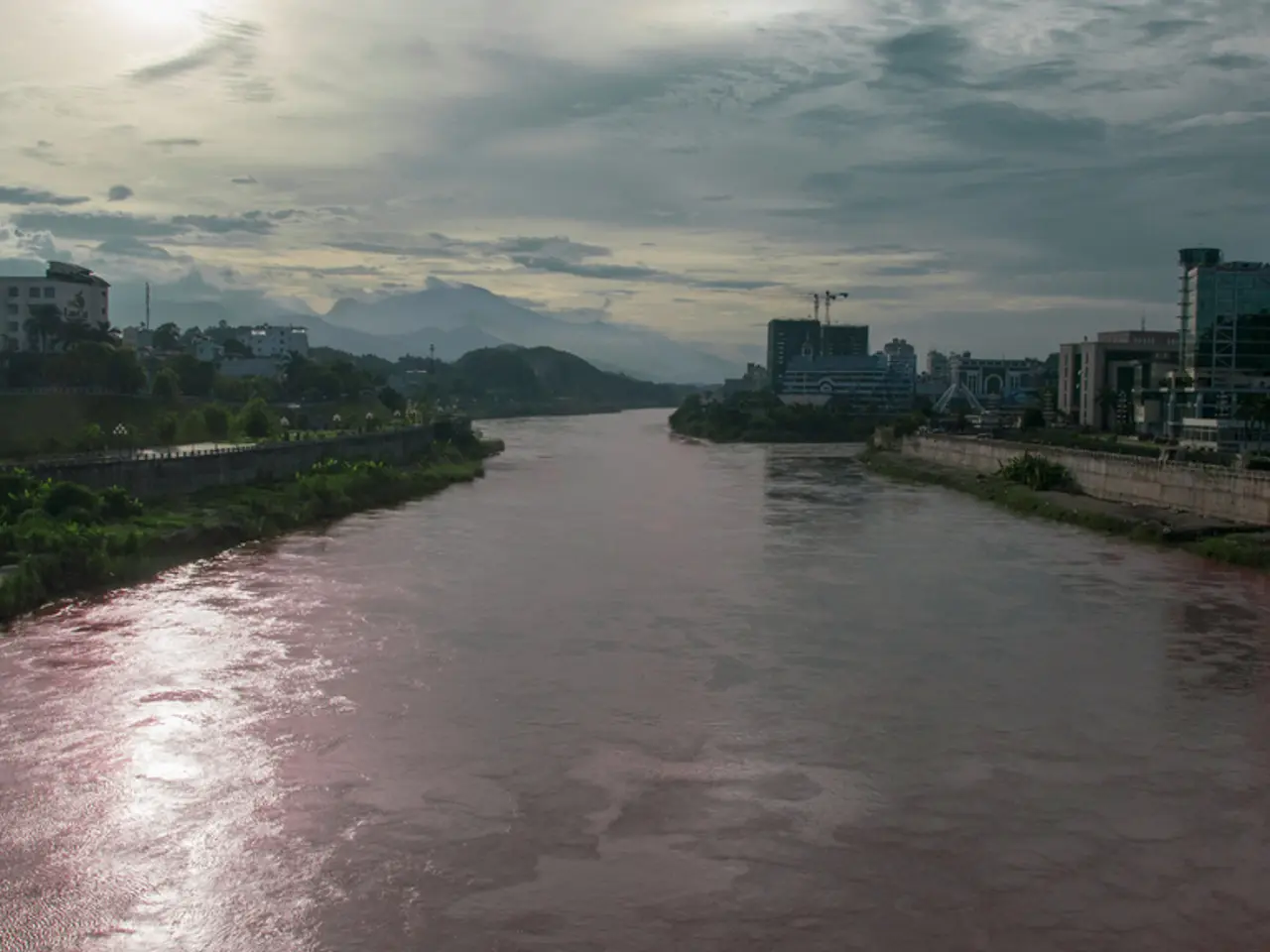Sacred Water
=================================================================================
The Ganges River, often viewed as a mother and a symbol of acceptance and perseverance by many, has been a significant part of Ashish Shah's life. From fishing and celebrating sunsets near its banks, to witnessing life, celebration, and death, the river has been a constant presence in his life.
However, the Ganges faces severe environmental issues, primarily stemming from human and industrial pollution, decreased water flow, and climate change impacts.
Historically, the river has suffered from extensive human-induced pollution and industrial effluents. Over the years, it has lost over 50% of its water annually, primarily due to evaporation in hot summers, reduced natural flow caused by damming, over-extraction of groundwater, and pollution choking its ecosystem.
Recent monitoring during events like Maha Kumbh 2025 showed that water quality at key sites remained within permissible limits for primary bathing, reflecting improvements due to sanitation and wastewater management systems implemented under programs like Namami Gange.
The Kedarnath floods of 2013 were a devastating hydrological disaster that significantly changed Ashish Shah's perception of the Ganges. This event, caused by intense rainfall, resulted in flash floods and landslides in the upper Ganga basin, affecting the river's catchment and causing massive human and infrastructural loss. The floods highlighted the vulnerability of the Himalayan region to extreme weather exacerbated by climate change and human encroachment, contributing to increased sedimentation and pollution in the river system.
The Ganges basin is also stressed by climate change effects such as altered rainfall patterns, more extreme flooding and drought cycles, salinity intrusion in the delta, and over-extraction of groundwater. These factors threaten water security, agriculture, and livelihoods for millions across India and Bangladesh, complicating transboundary water management and the future of treaties governing the river's flow.
The abuse inflicted on the Ganges by its own people is notable. The river, considered a living entity, has been a source of life, celebration, and death, yet it reflects the darker corners of human nature. The river continues to play a significant role in the lives of many around it, showcasing the complex and interlinked environmental and social issues that need to be addressed.
Transboundary cooperation between India and Bangladesh is critical to address these challenges. The Ganges provides physical and spiritual sustenance to millions, and its preservation is essential for ensuring a sustainable future for generations to come.
References:
- Ganga Action Plan
- Ganges River Basin
- Namami Gange Program
- Transboundary Water Management in the Ganges-Brahmaputra-Meghna Basin
- Ganga River Clean-up: Monitoring Water Quality during the Kumbh Mela
- Artists often find inspiration in the Ganges' cultural and environmental significance, showcasing its beauty and the challenges it faces in their magazine publications.
- The Ganges community has long shared a lifestyle deeply rooted in the natural world, with travelers seeking to immerse themselves in its traditions and the captivating environment it offers.
- As environmental-science students, many researchers focus on the Ganges River's health and the impact of climate-change factors on its ecosystem, working to preserve its resources for future generations.
- In a recent issue of a culture and travel magazine, an article highlighted how the Ganges River's struggles, caused by pollution and climate change, are open for public discourse and the importance of addressing these issues in our collective consciousness.
- To promote conservation efforts and raise awareness about the Ganges River's preservation, a community-led initiative supported by environmental organizations and educational institutions has launched an online magazine, with content focusing on the river's culture, heritage, and scientific research, as well as travel and lifestyle tips for eco-conscious visitors.




